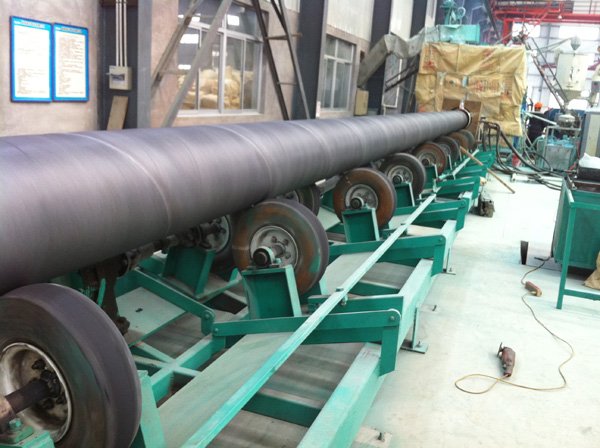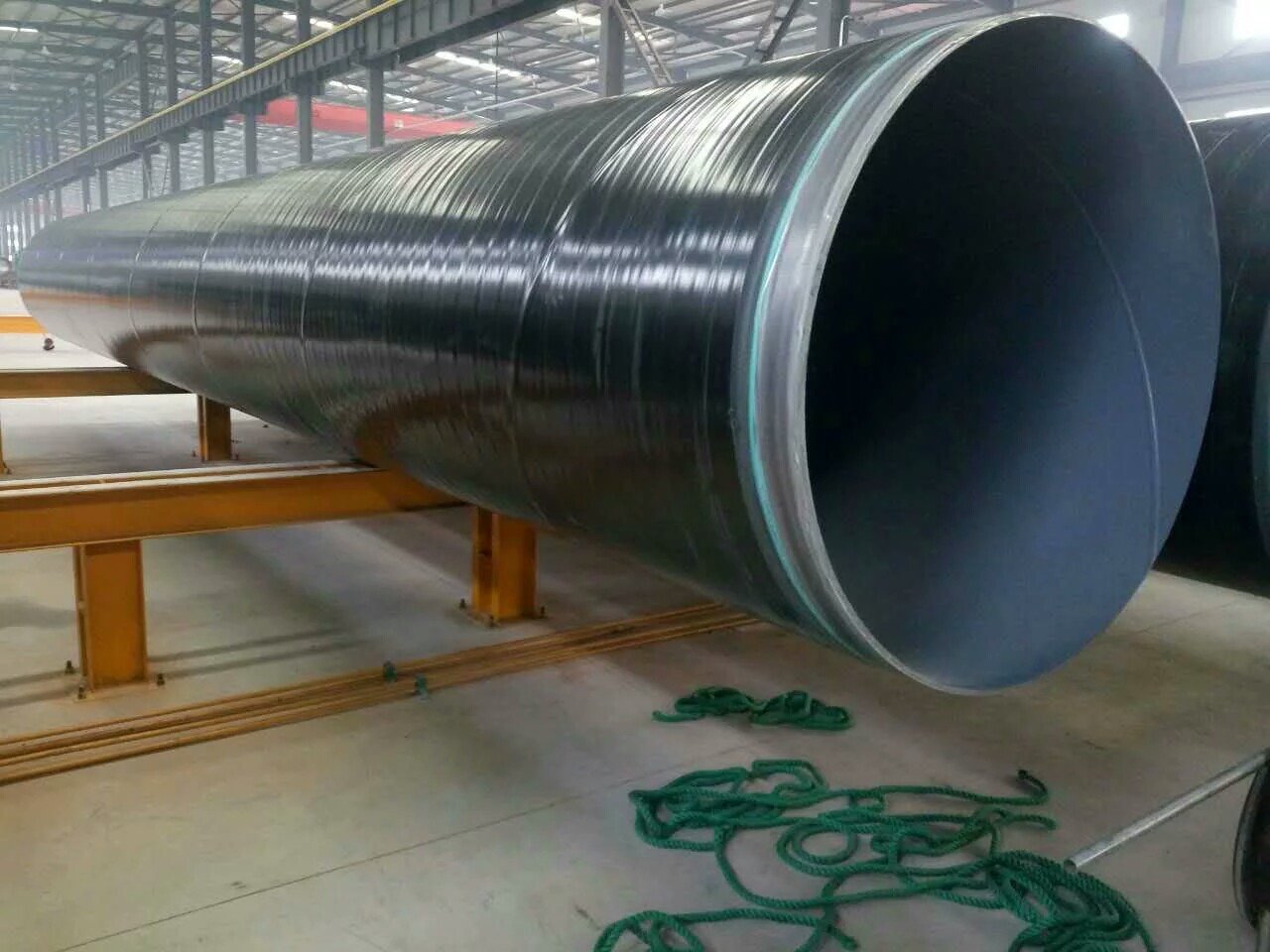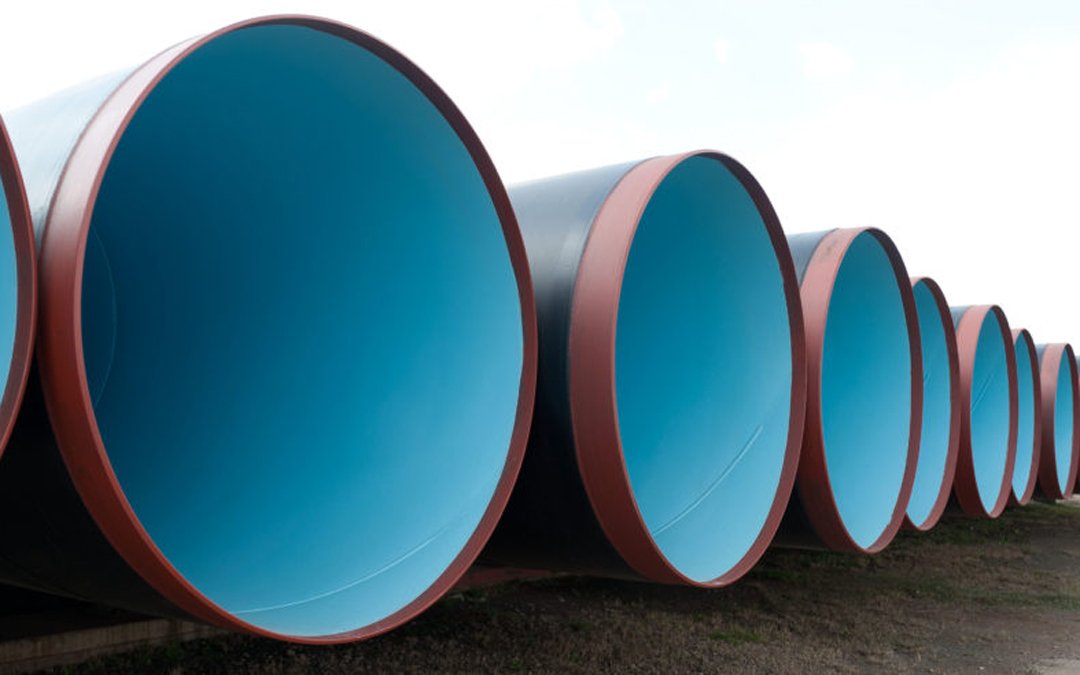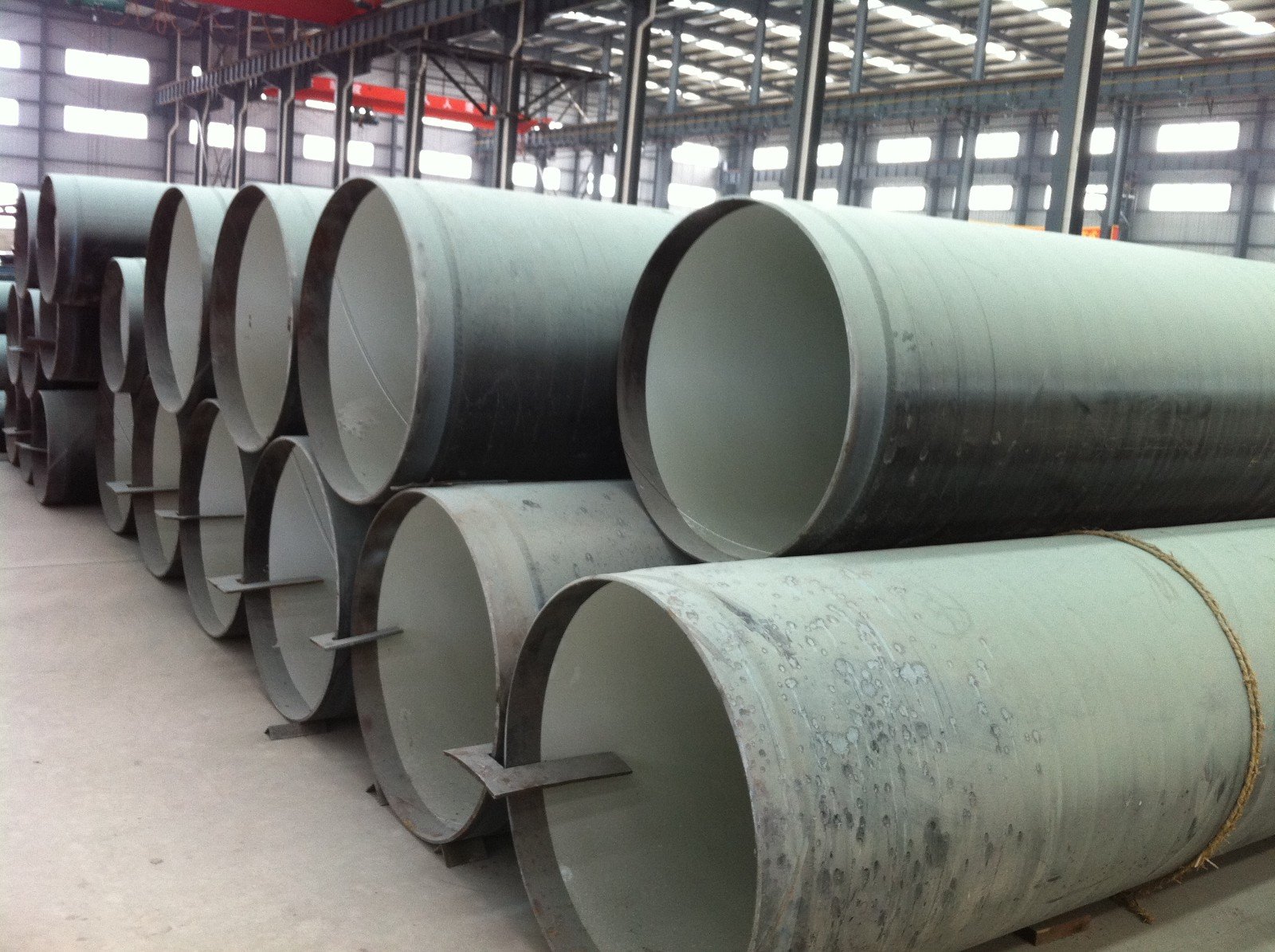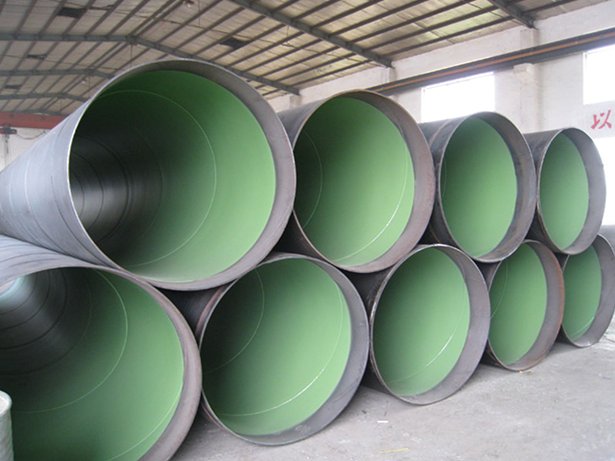3PE (three-layer polyethylene) pipes are high-performance pipes formed by combining multiple layers of anti-corrosion structures. They are widely used in fields such as petroleum, natural gas, chemical industry, water supply and drainage. Their core advantages lie in excellent anti-corrosion performance, high mechanical strength, wide application range, convenient construction and long service life. The following is a detailed analysis:
1. Outstanding Corrosion Resistance
The 3PE anti-corrosion layer is composed of a bottom layer of epoxy powder, an intermediate layer of adhesive, and an outer layer of polyethylene, forming a dual protection mechanism of "chemical corrosion prevention + physical isolation":
2. High Strength and Impact Resistance
· - High mechanical strength: The outer layer of polyethylene is made of high-density or medium-density polyethylene (HDPE/MDPE), which has a high tensile strength (≥20MPa) and elongation at break (≥350%), capable of withstanding mechanical stresses such as hoisting, pulling, and backfilling during pipeline installation.
Outstanding impact resistance: It remains tough in low-temperature environments (such as -30℃), and is not prone to cracking due to
collisions or soil frost heave, making it suitable for complex geological conditions such as permafrost areas and earthquake zones.
Comparative advantage: Compared to single-layer polyethylene (PE) or fusion-bonded epoxy powder (FBE) anti-corrosion, the 3PE structure significantly enhances overall strength through a "combination of rigidity and flexibility", reducing damage to the anti-corrosion layer caused by external forces.
· III. Widespread Environmental Adaptability
· · Wide Temperature Range: Capable of enduring medium temperatures ranging from -30℃ to 80℃ (with special formulations extending this range to -50℃ to 100℃), suitable for applications such as hot water transportation and hot oil pipelines.
· · Resistance to Chemical Corrosion: The polyethylene layer exhibits excellent tolerance to acids, alkalis, salt solutions, and organic solvents (such as sulfides in crude oil), outperforming metal coatings or paint-based anti-corrosion measures.
· · Anti-Cathodic Peeling: In cathodic protection systems, the 3PE anti-corrosion layer firmly adheres to the steel pipe, reducing the risk of peeling due to potential differences and ensuring long-term protection effectiveness.
Typical case: In the long-distance pipeline projects such as the China-Russia East Pipeline, the 3PE pipeline successfully passed through deserts, rivers and high-latitude cold regions, verifying its reliability in extreme environments.
IV. Environmental Protection and Sustainability
· Material Environmental Protection: Polyethylene is a recyclable material. Abandoned pipelines can be recycled for treatment to reduce environmental pollution; Epoxy powder has no solvent evaporation and complies with environmental construction requirements.
· Low Carbon and Energy Saving: The low thermal conductivity of the anti-corrosion layer can reduce heat loss in heat-transmitting pipelines, thereby lowering energy consumption; The long-life design reduces the frequency of pipeline replacements, which is in line with the concept of circular economy.
V. Summary:
The 3PE pipeline, with its composite anti-corrosion structure, high strength, wide environmental adaptability, and economic construction features, has become the mainstream anti-corrosion solution in the fields of oil and gas pipelines, municipal pipelines, etc. at home and abroad. With the advancement of material technology (such as nano-modified polyethylene, solvent-free epoxy coatings), the 3PE anti-corrosion layer will develop towards higher performance (such as resistance to temperatures above 120℃) and more environmentally friendly directions, further expanding its application scenarios.
